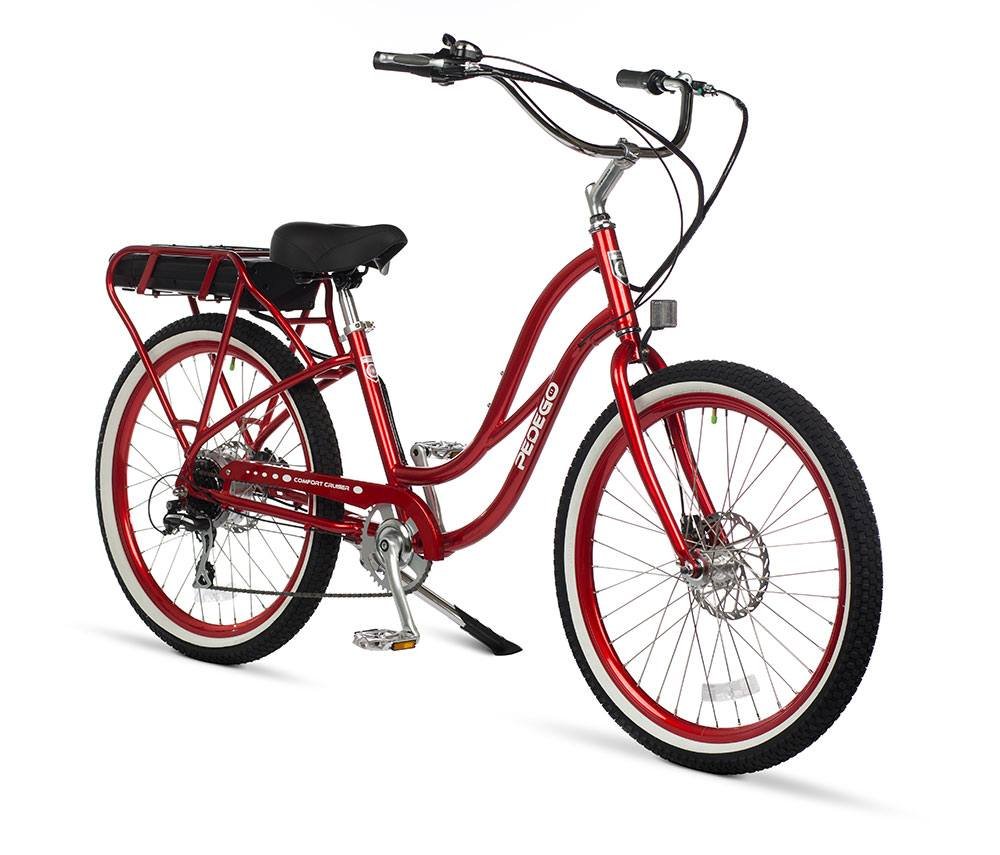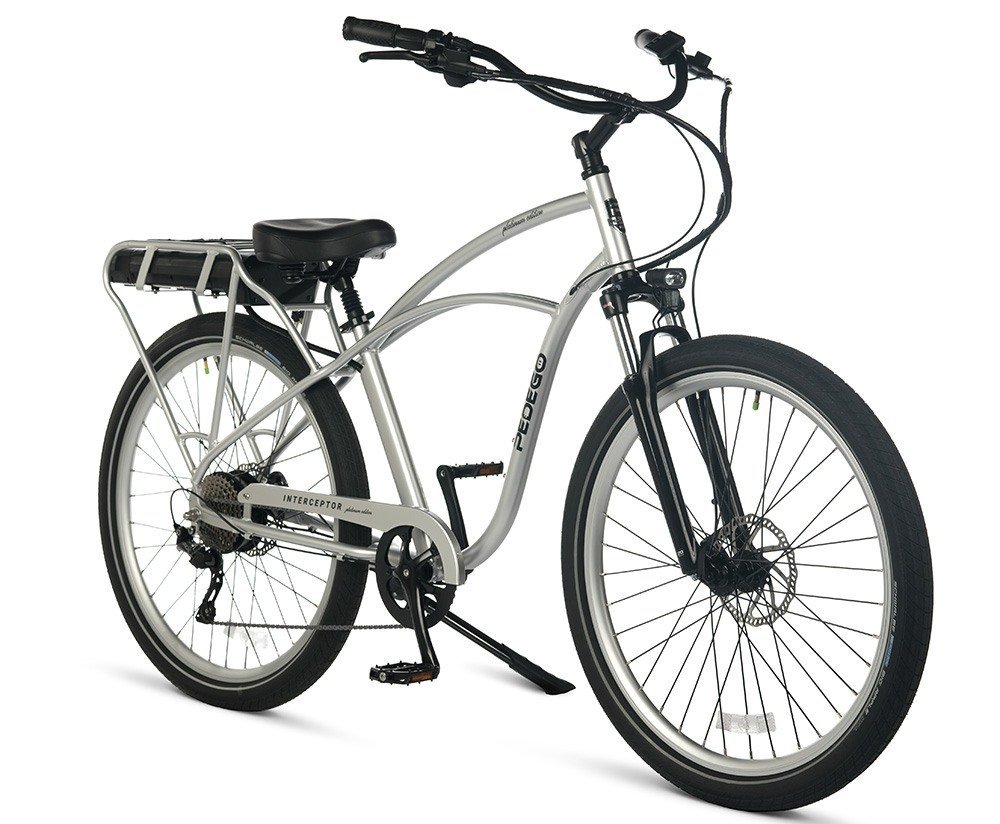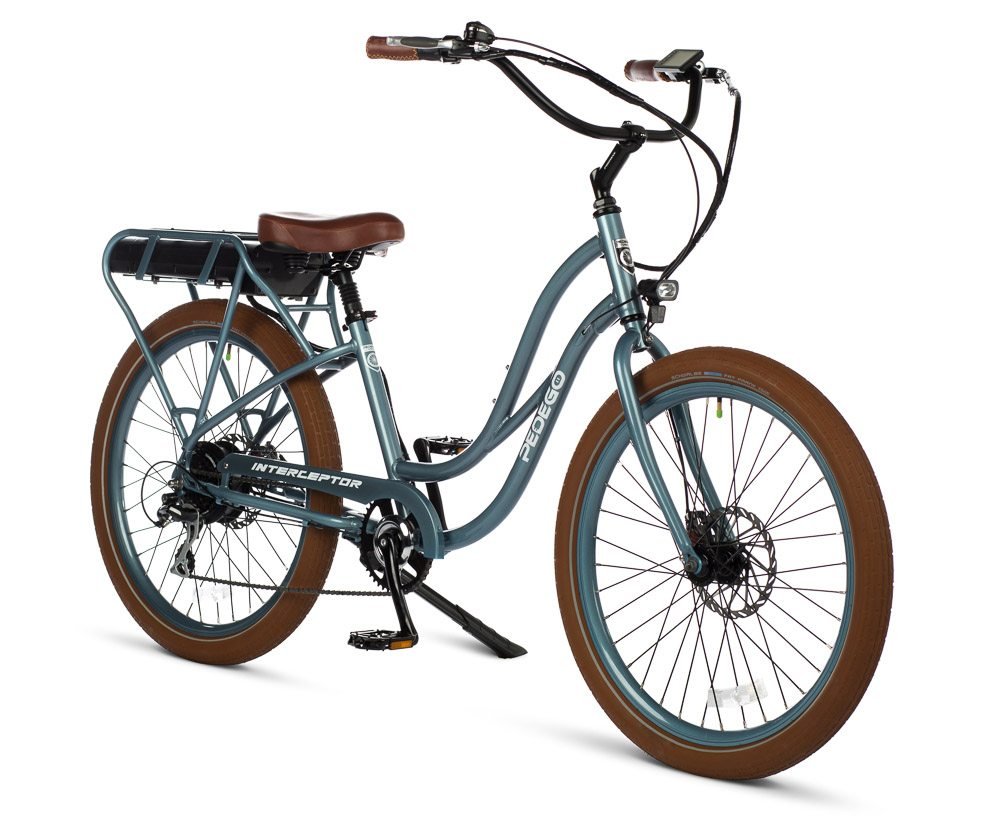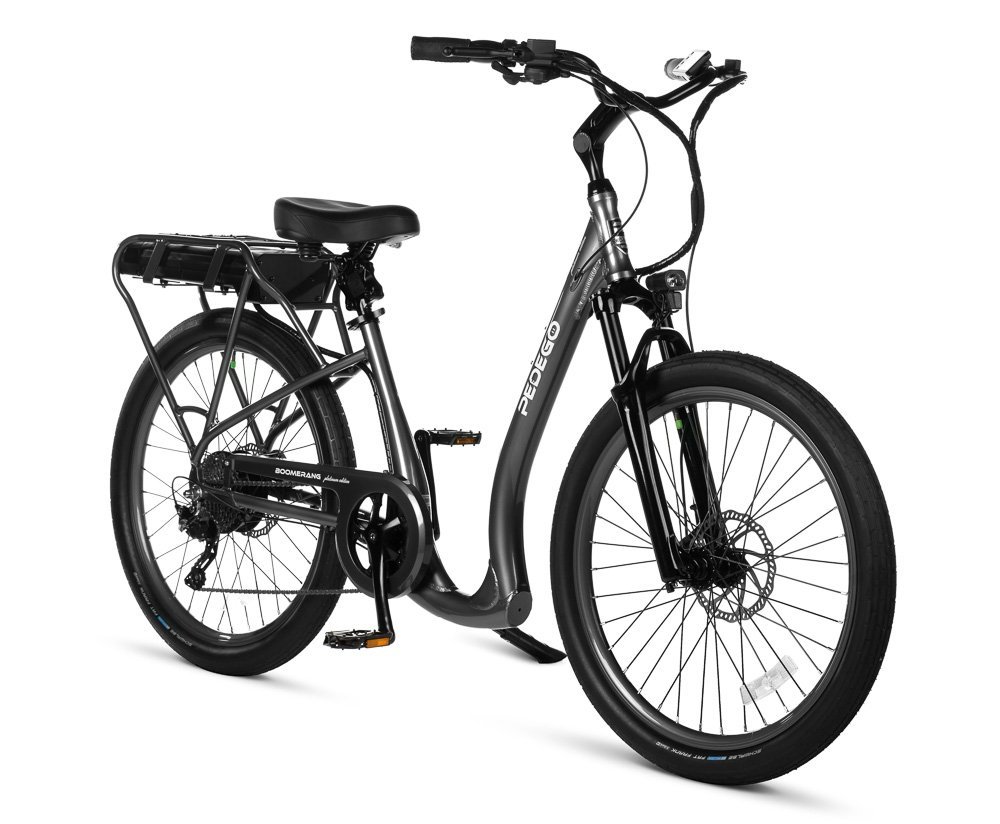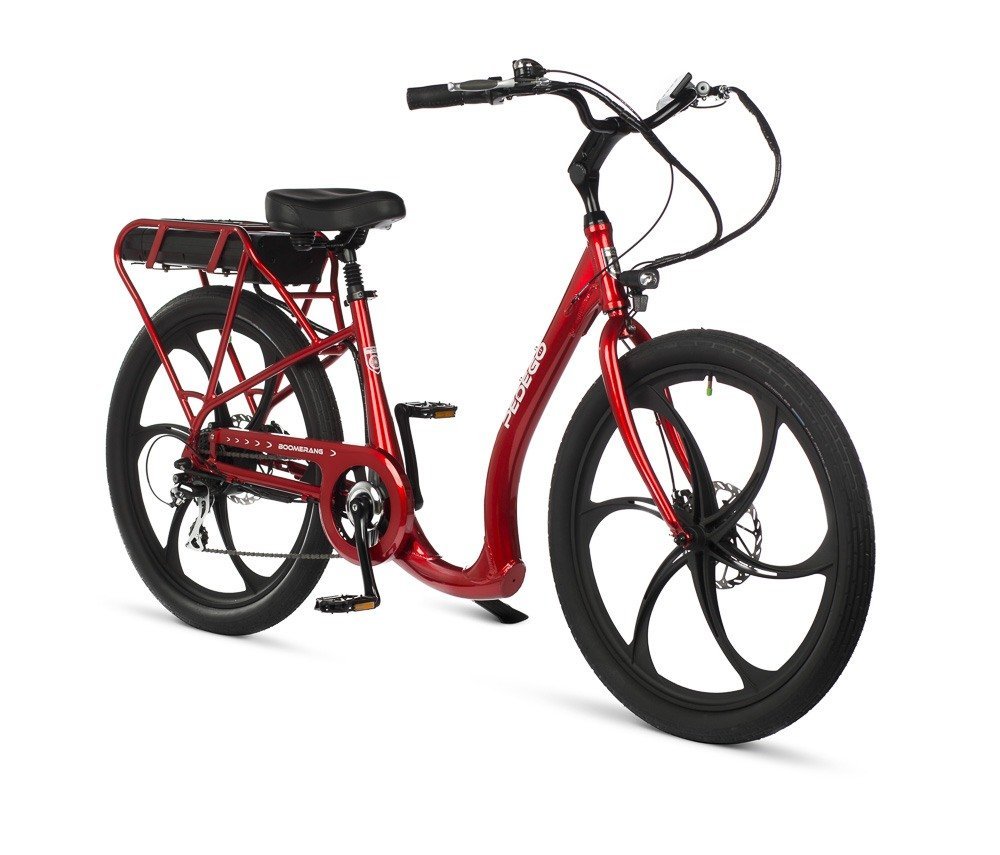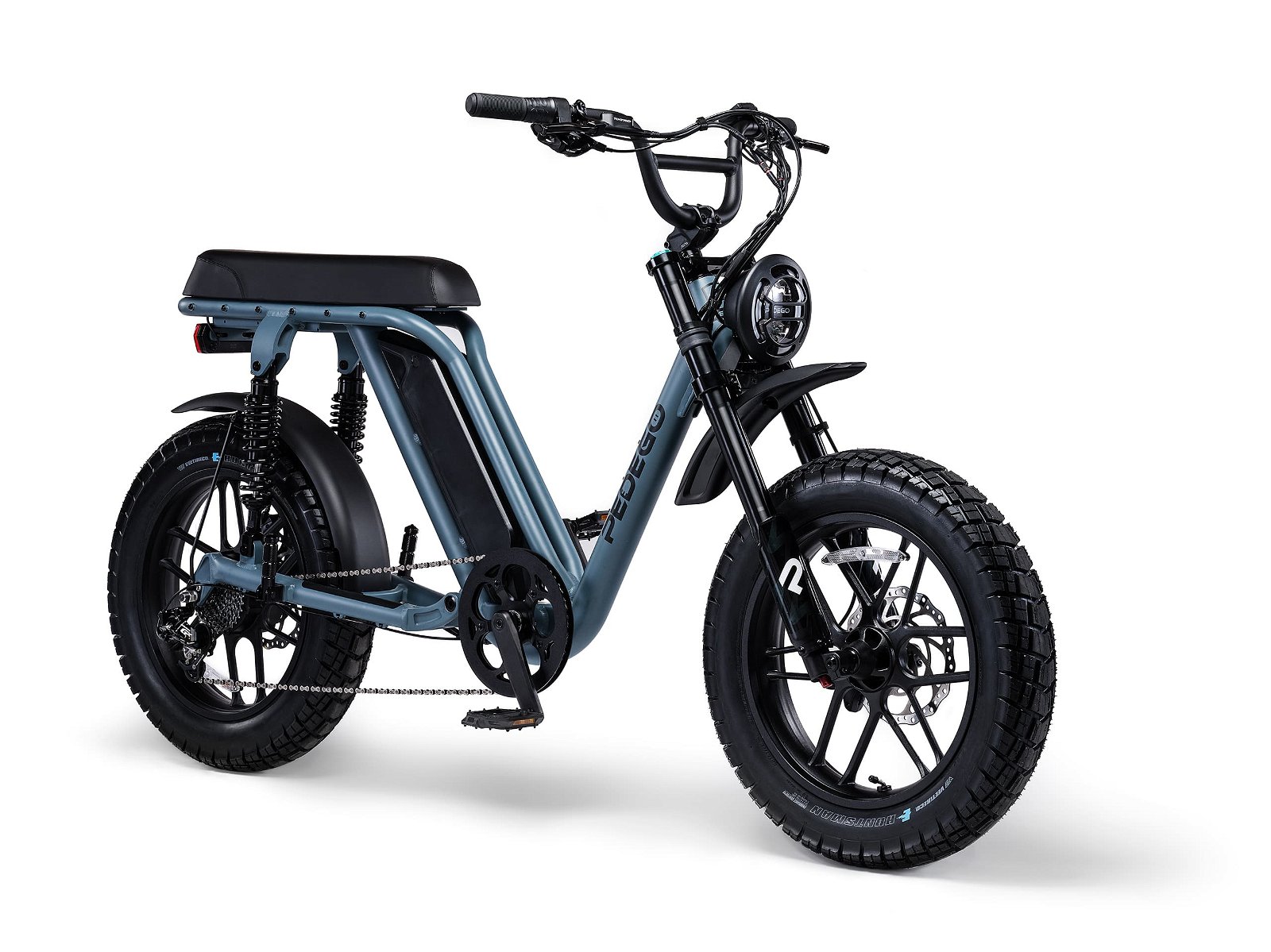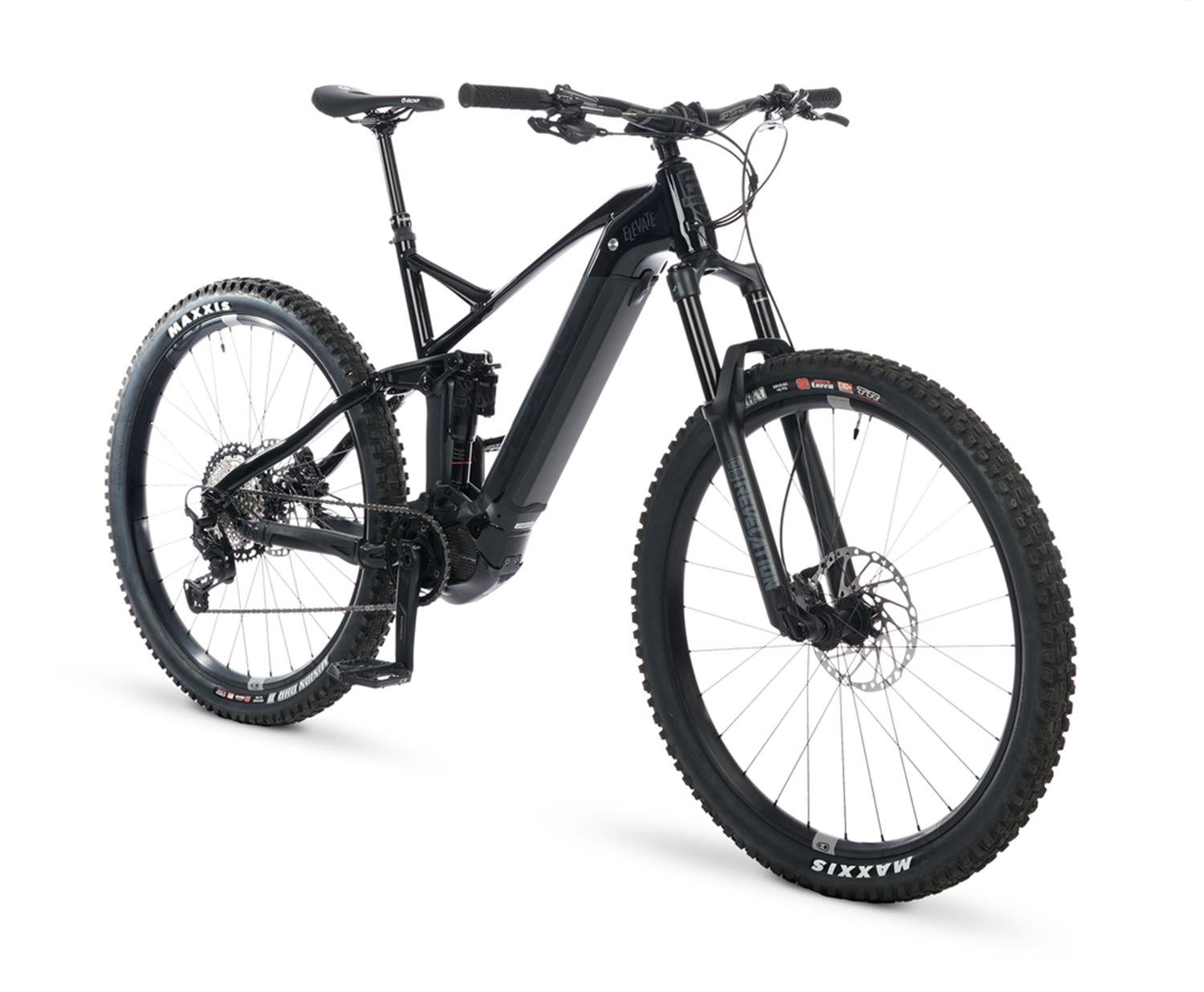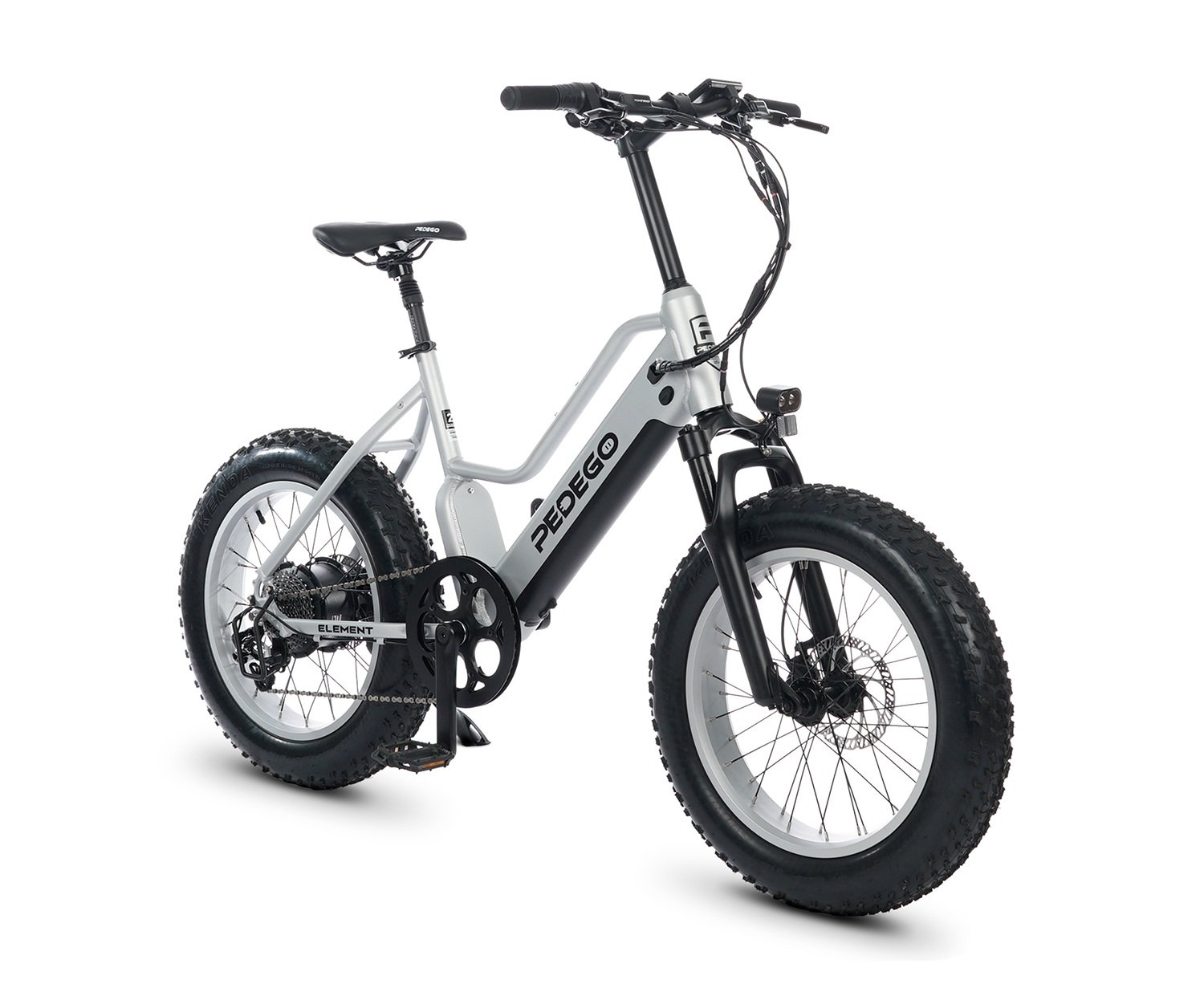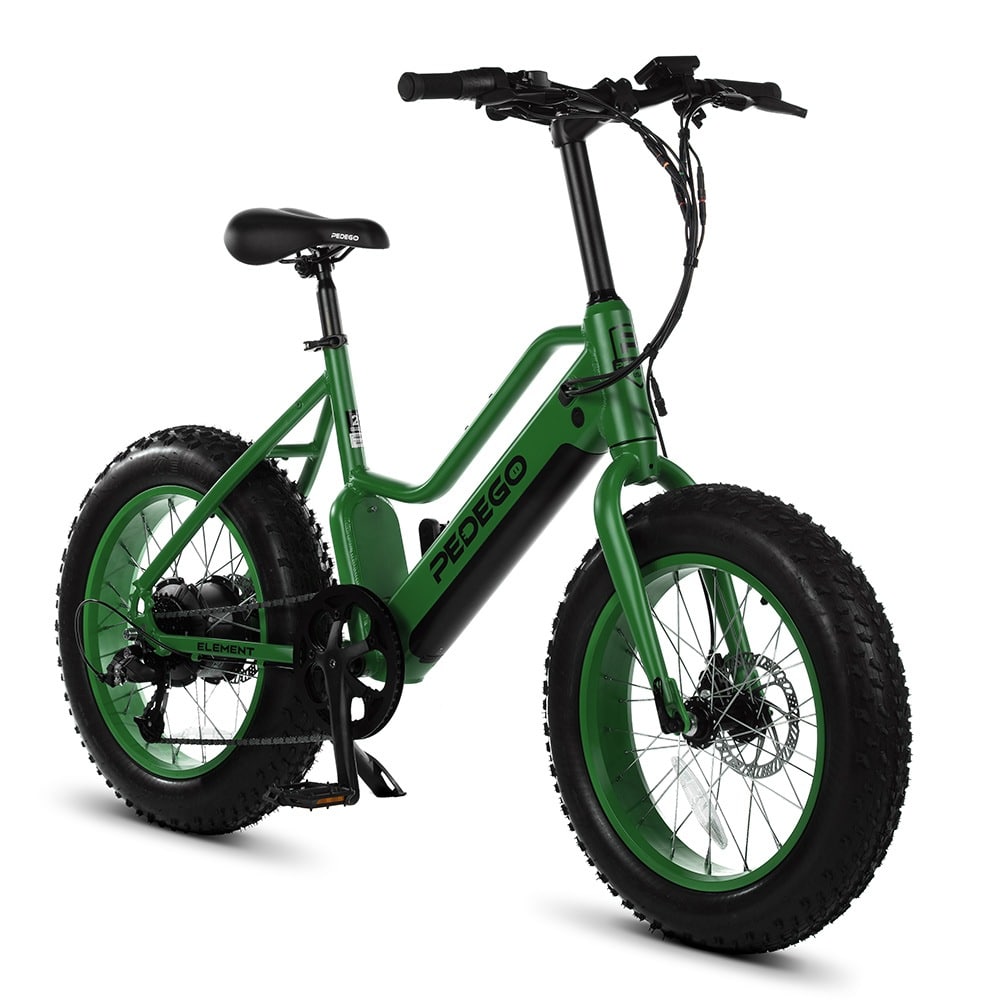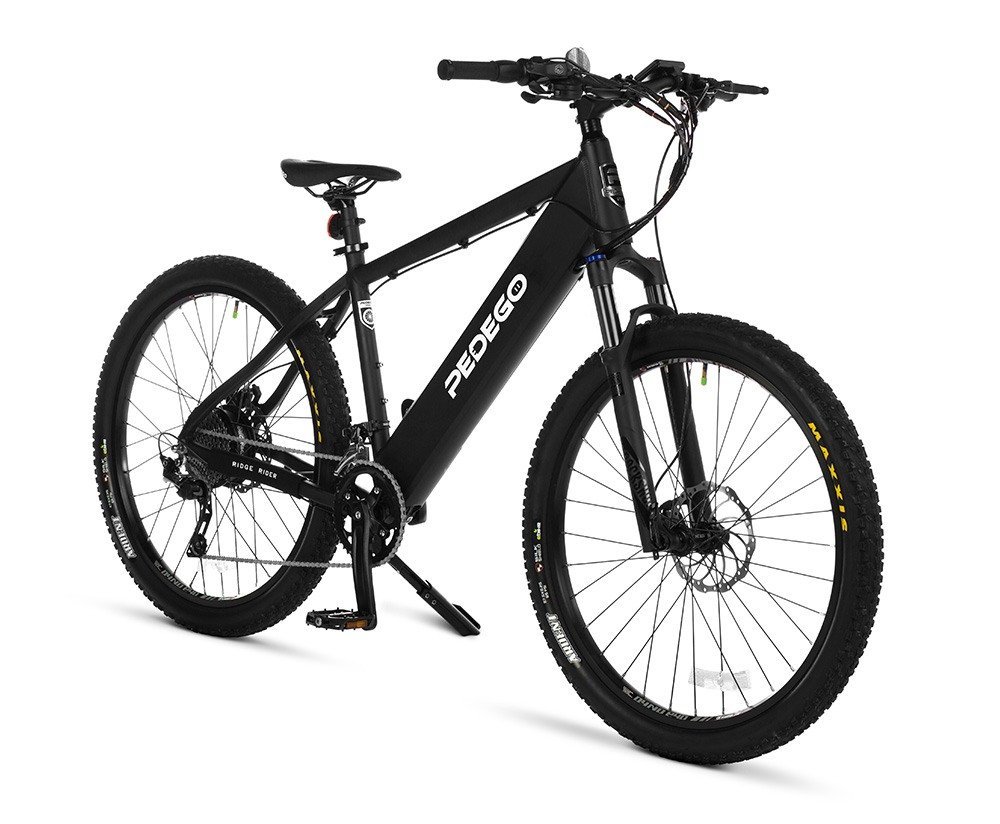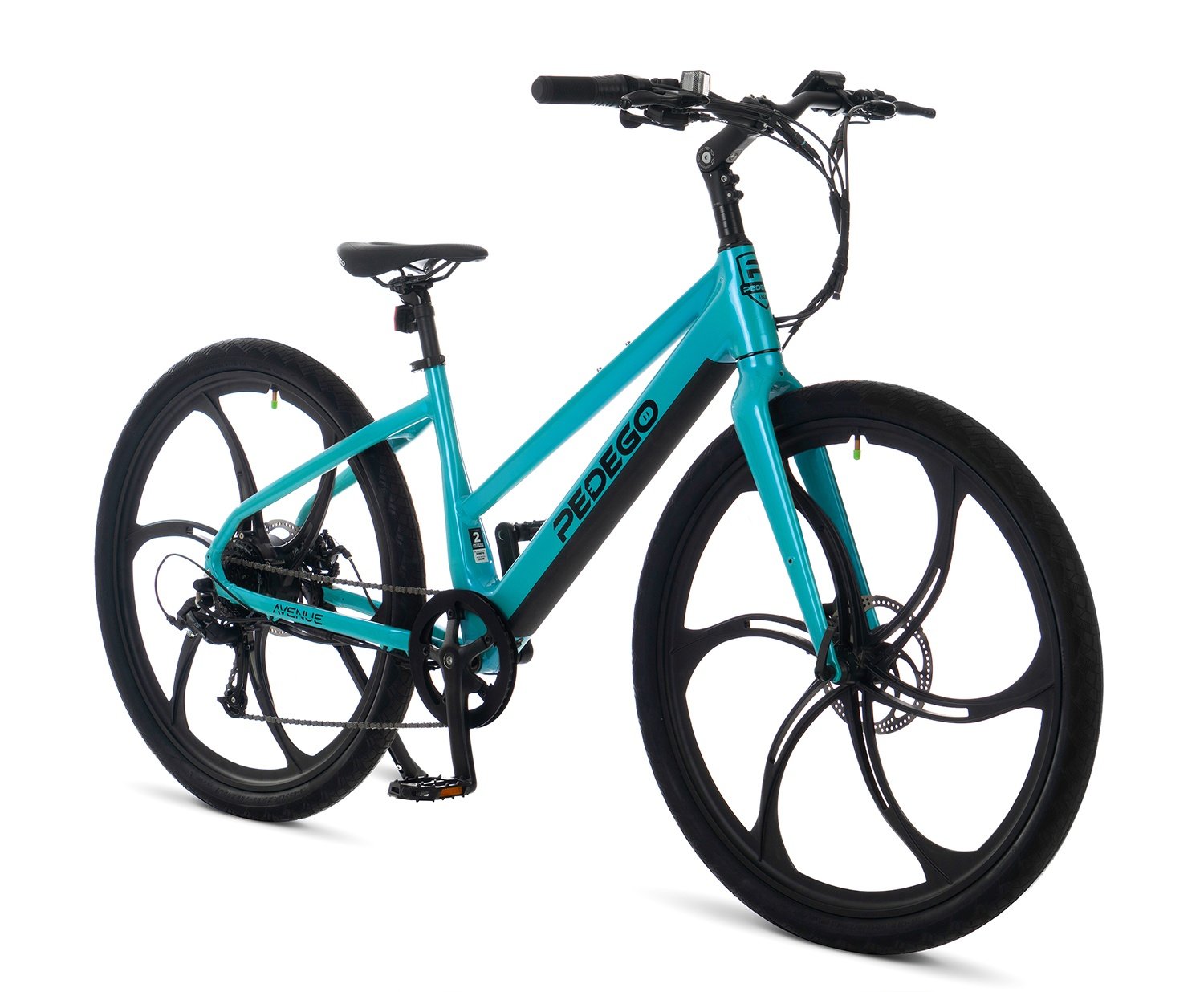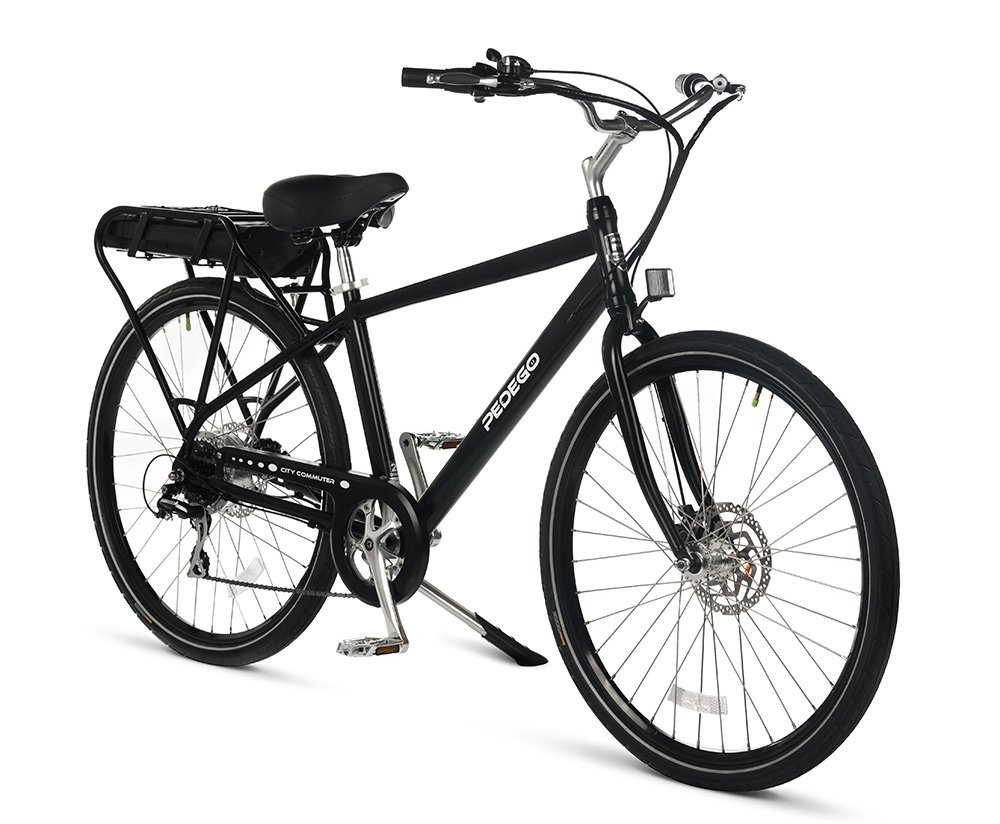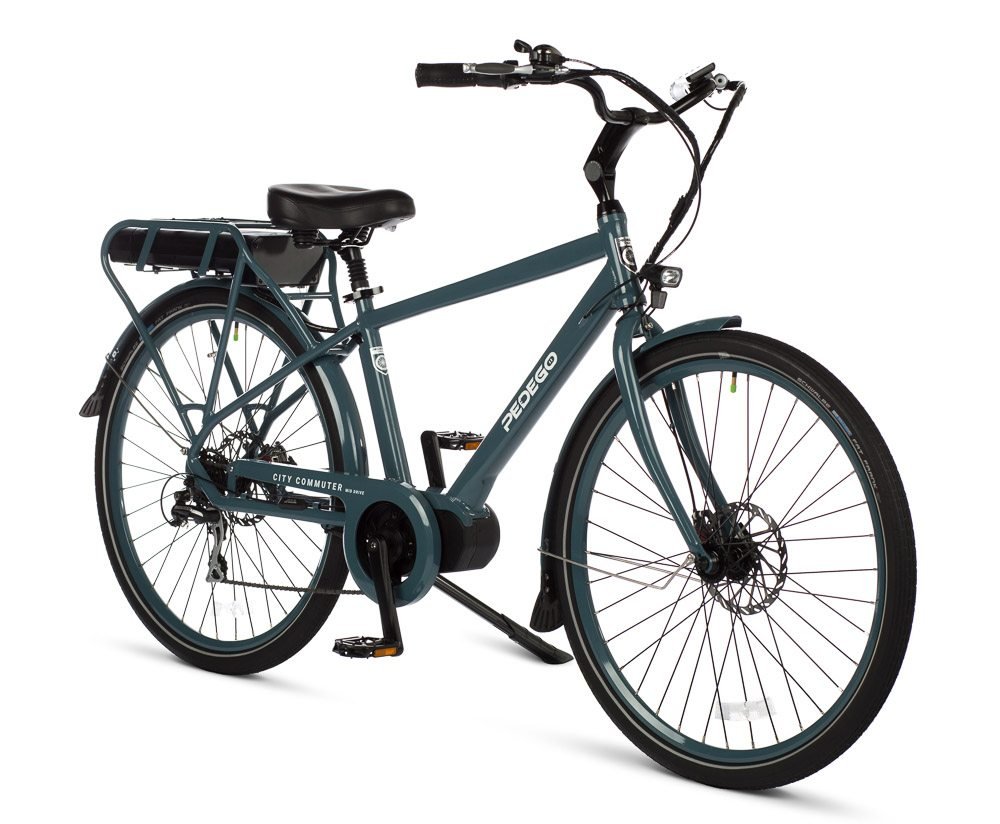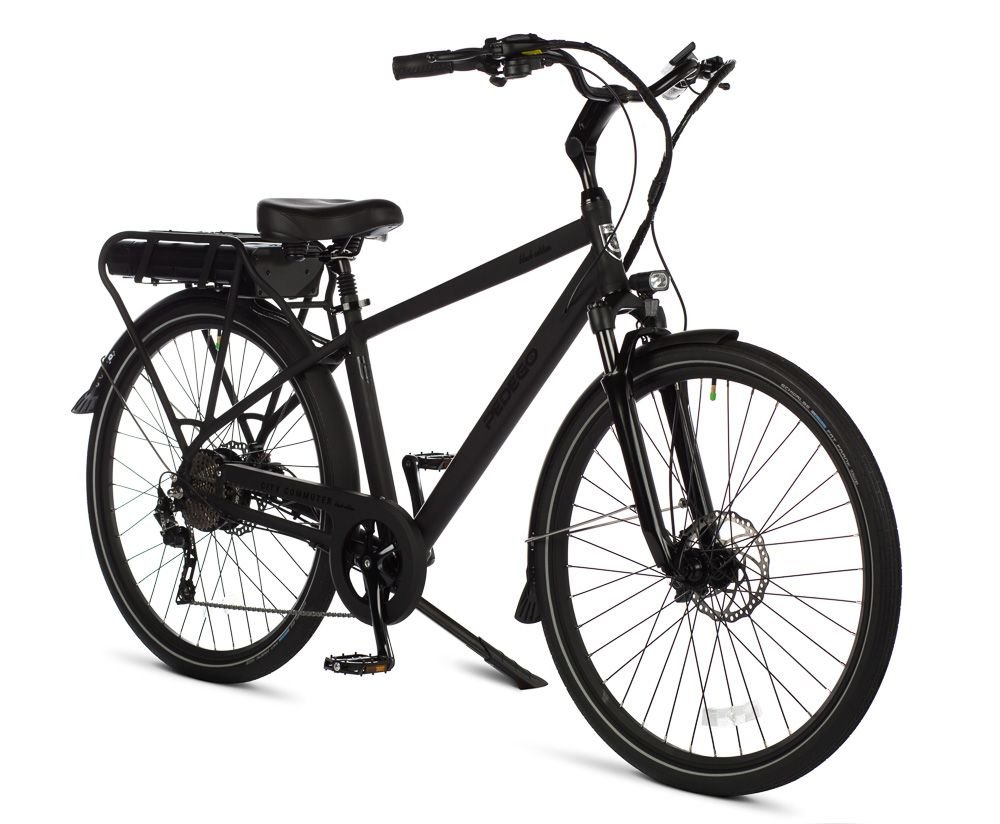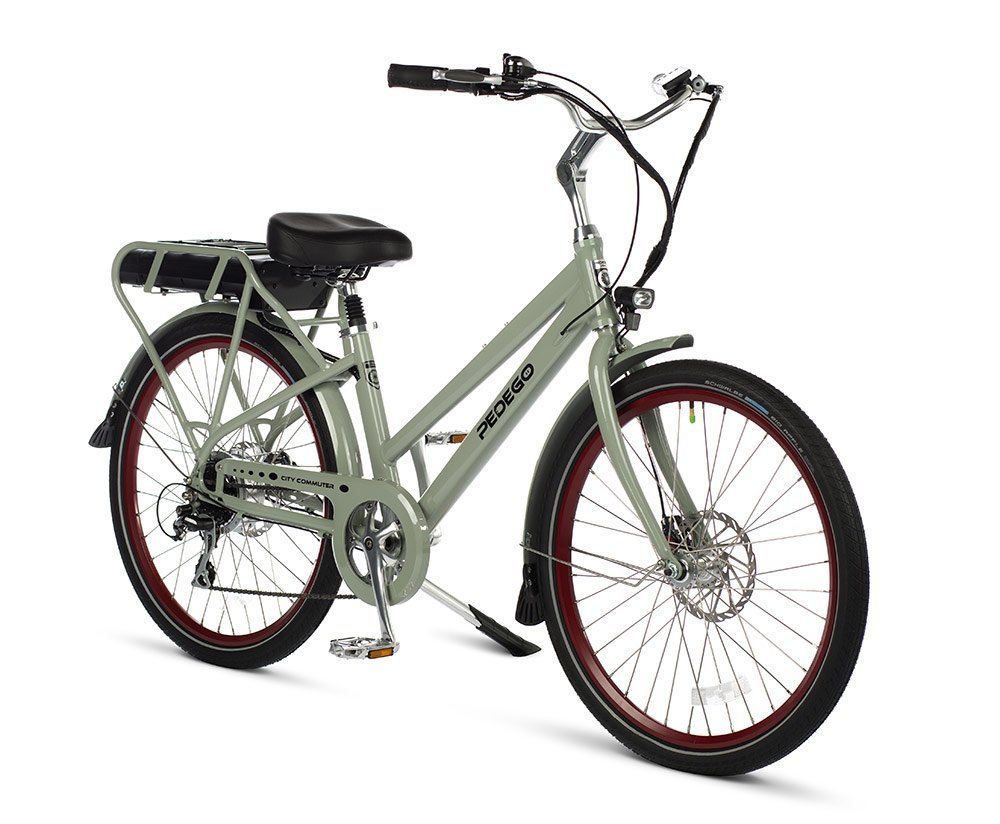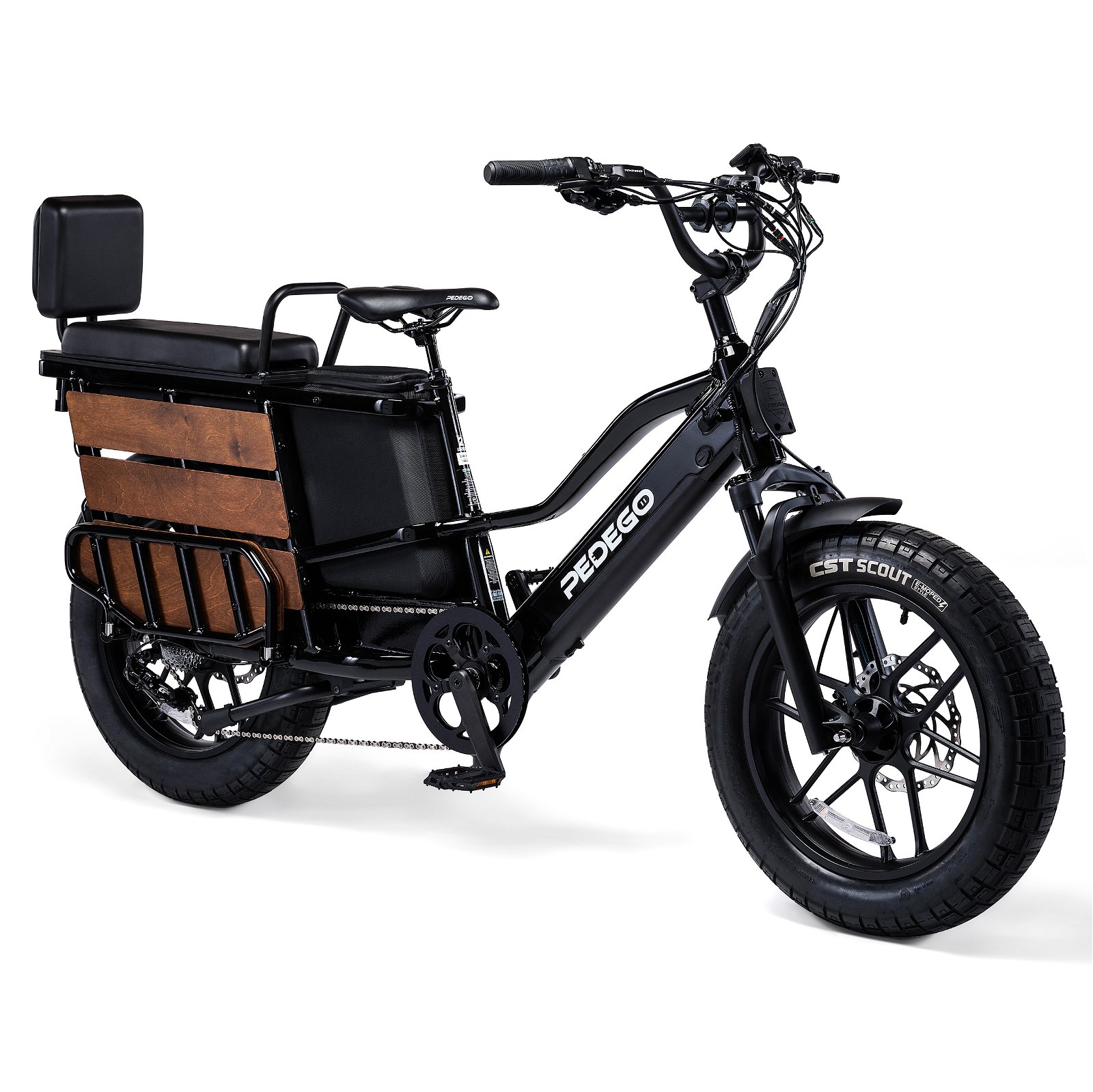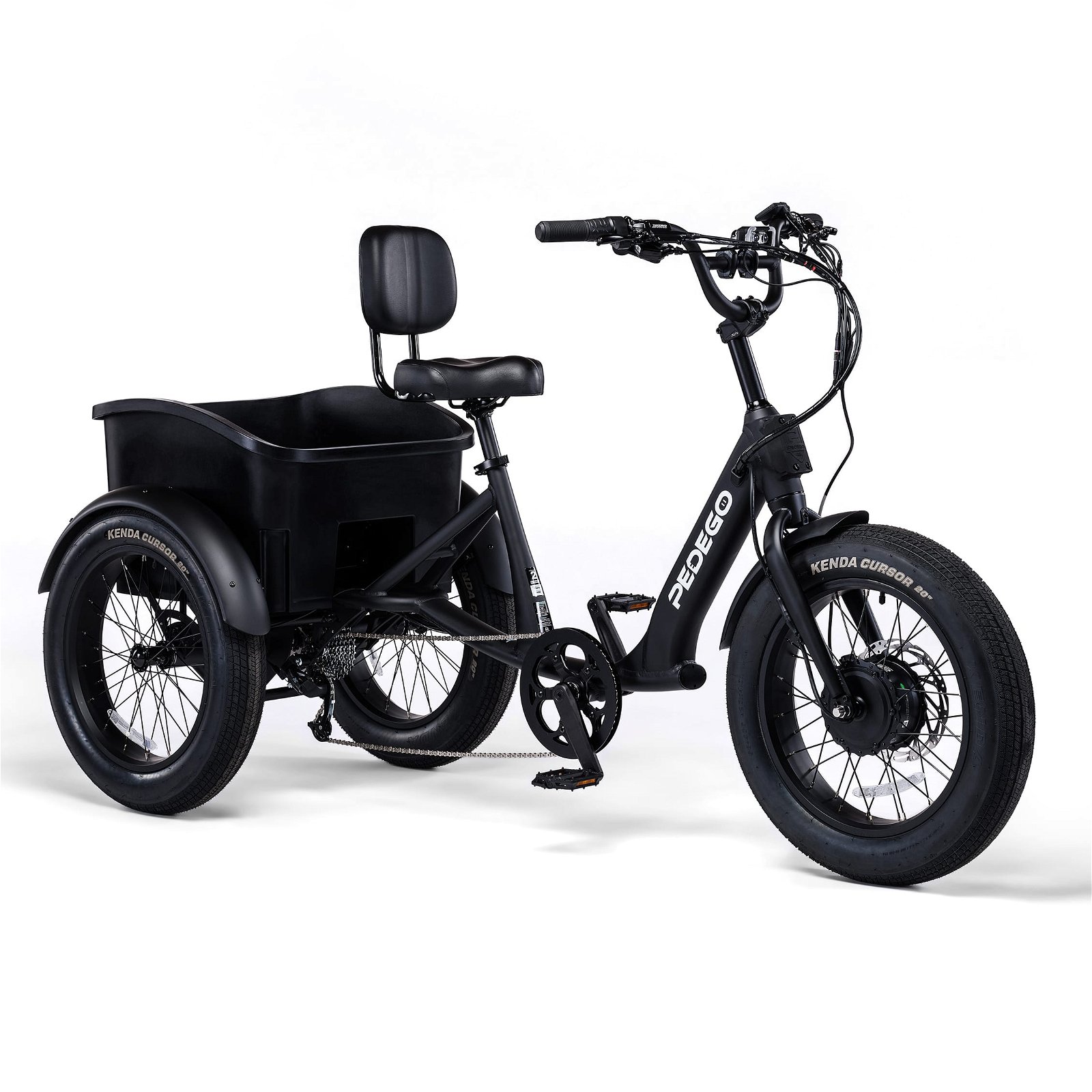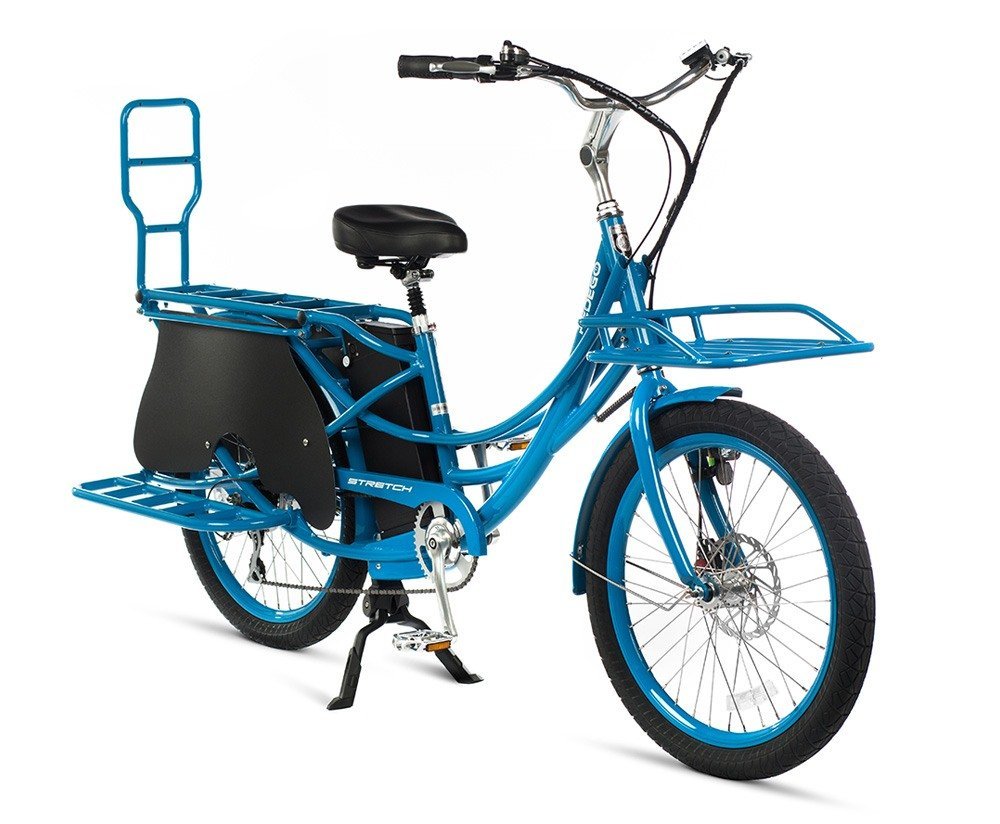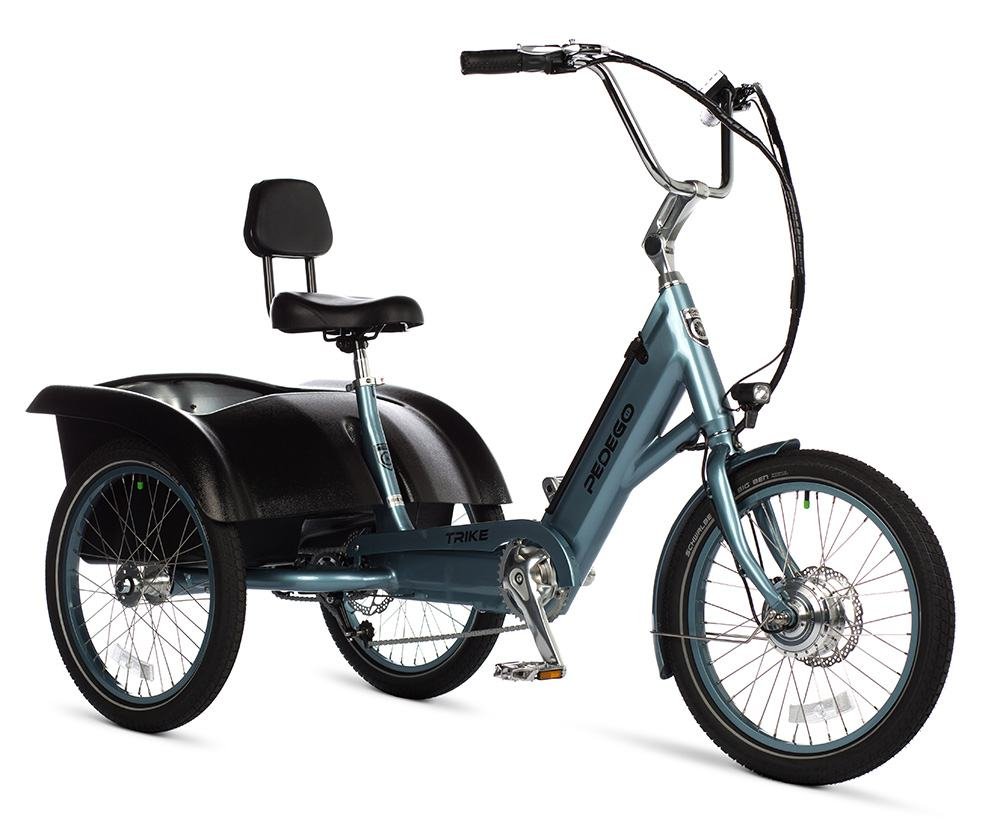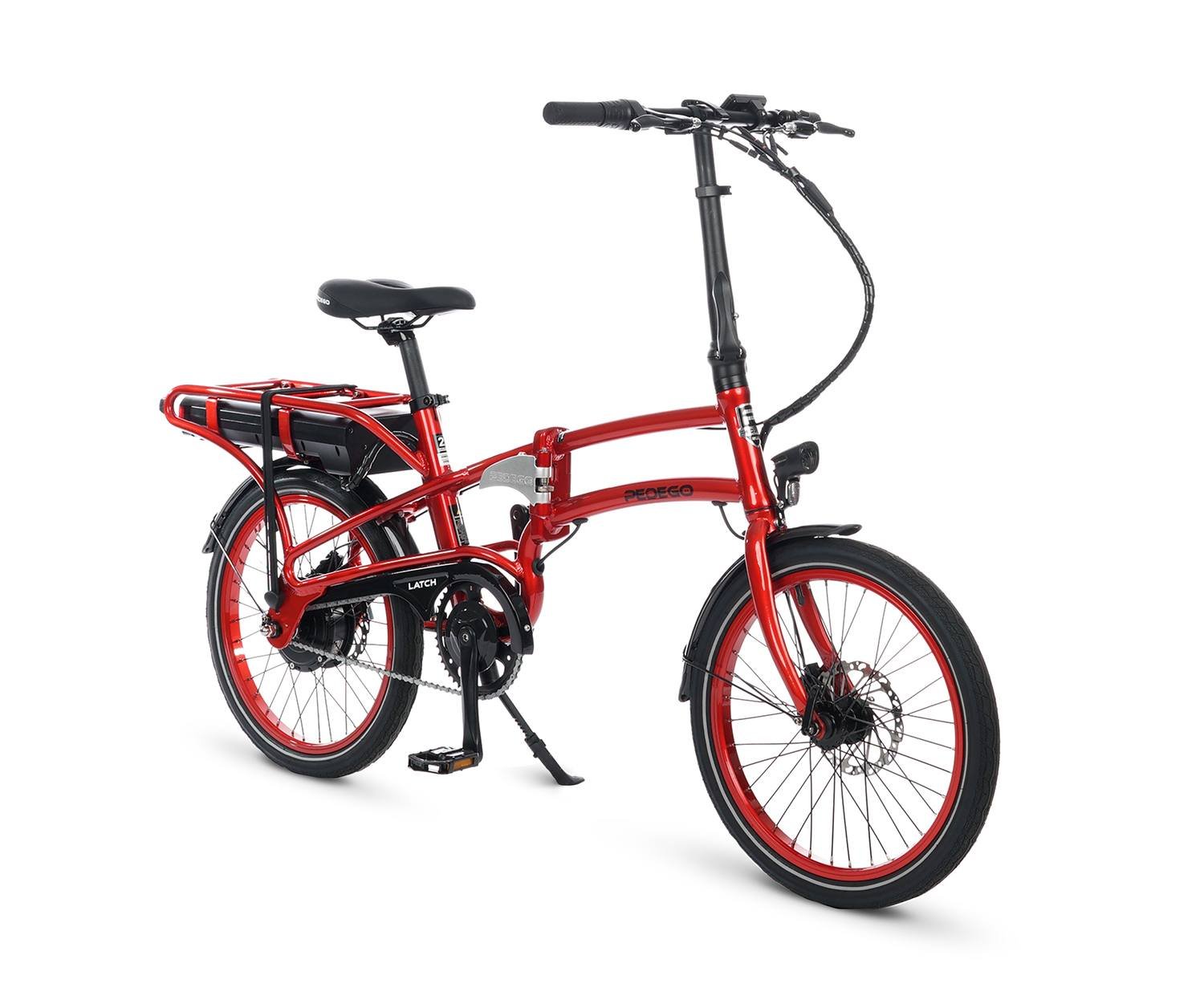Comparing Pedego to other electric bikes is like comparing apples to oranges. If you care about premium quality and local service, then nobody even comes close to Pedego.
The list of reasons to choose Pedego could easily be a mile long. We’ve narrowed it down to the top 4 for your convenience:
- The best electric bikes on earth! Try one and see.
- Over 180 locally-owned stores that treat you like family.
- 5-Year warranty, including anti-theft protection.
- Delighting customers since 2008. Pedego is here to stay.
Best Electric Bikes on Earth (try one and see)
Pedego Electric Bikes are for people who refuse to settle for less.
The number one reason to choose Pedego is the way you feel when you actually ride one. Once you try a Pedego, everything else is just an ebike.
Over 180 Locally-Owned Stores
Your locally-owned Pedego store will treat you like family. You’ll enjoy a world-class shopping experience and follow-up service with a smile.
There is no substitute for a brick and mortar store in your community. Here’s what they do for you:
- Help you find the perfect electric bike for your needs
- Deliver your Pedego(s) ready to ride with no hassles
- Stand behind the product with parts & service in the future
- Go above and beyond to make sure you’re delighted
Quality That Lasts – Five Year Warranty
It’s easy to talk about quality. Even the cheapest electric bikes claim to have high quality, but most electric bikes only have a 1-year warranty.
Pedego puts our money where our mouth is with an exclusive 5-year warranty. That’s quality that lasts!
Delighting Customers Since 2008
Every Pedego owner deserves to be delighted – even if their bike is over 10 years old!
That’s why we have replacement parts in stock for every Pedego made since 2008; and there are locally-owned stores all over the country to keep every Pedego running at it’s very best.
